We are grateful for your participation in our tours in Asakusa and Ueno Park on September 3, where we met 21 people from Vietnam, China, Italy, Israel and America. Nakamise Shopping Street in Asakusa was not so congested as usual, perhaps due to heatwave. We hope you enjoyed walking with us. As promised, photos we took during the tours are posted.
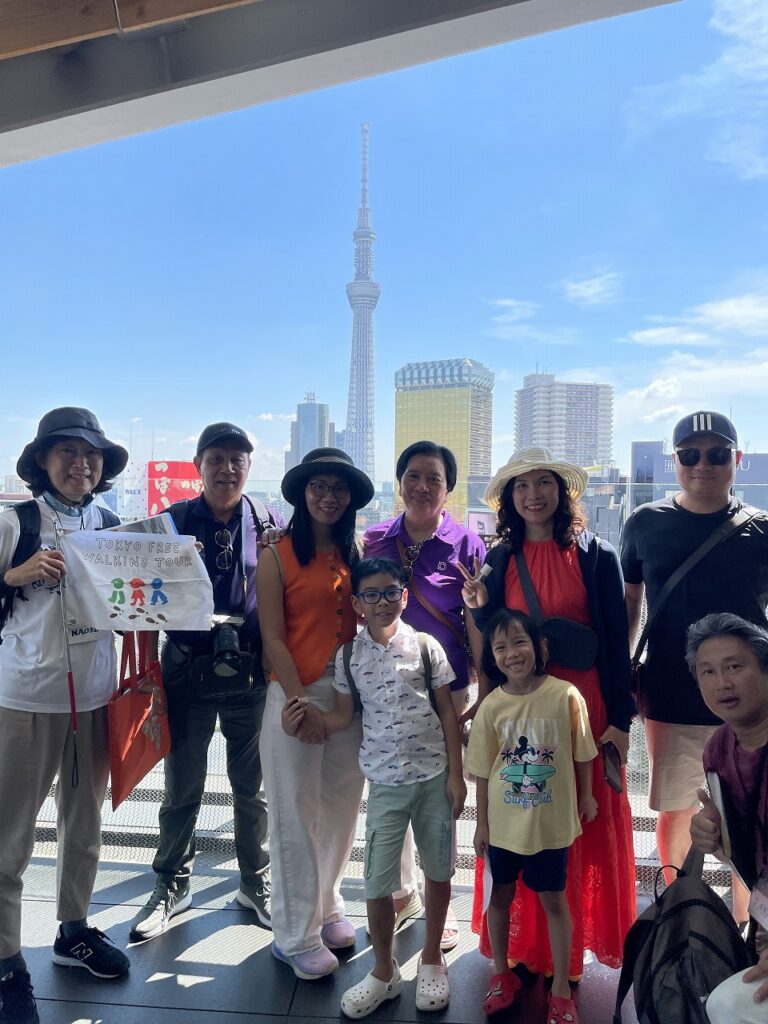
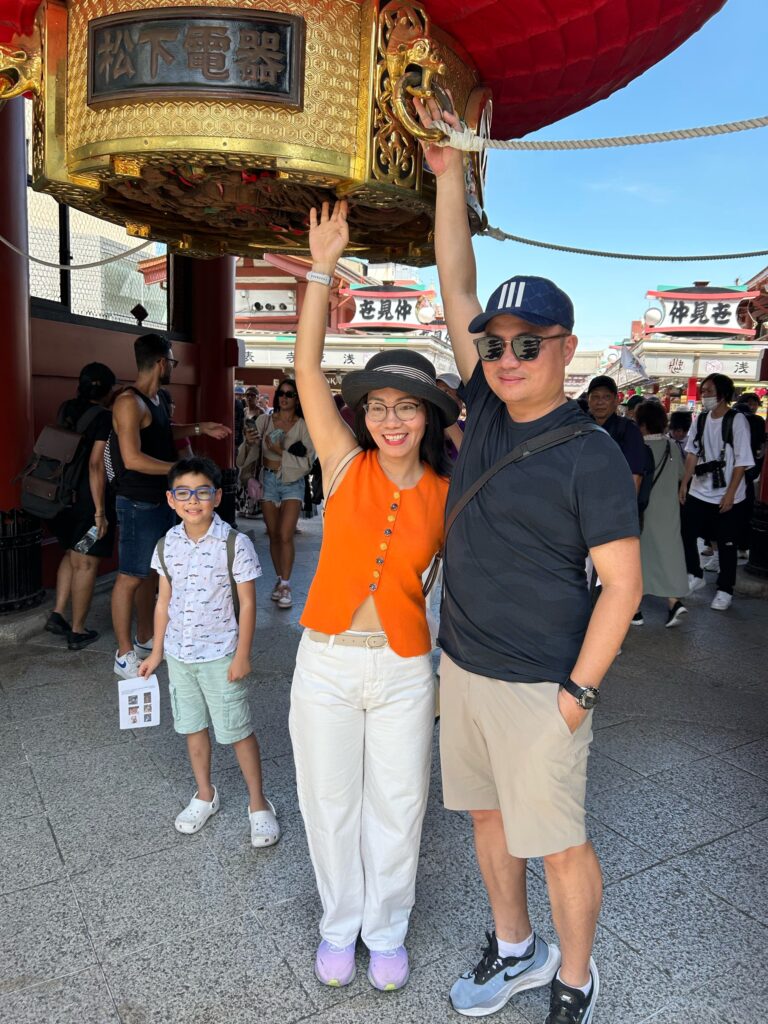


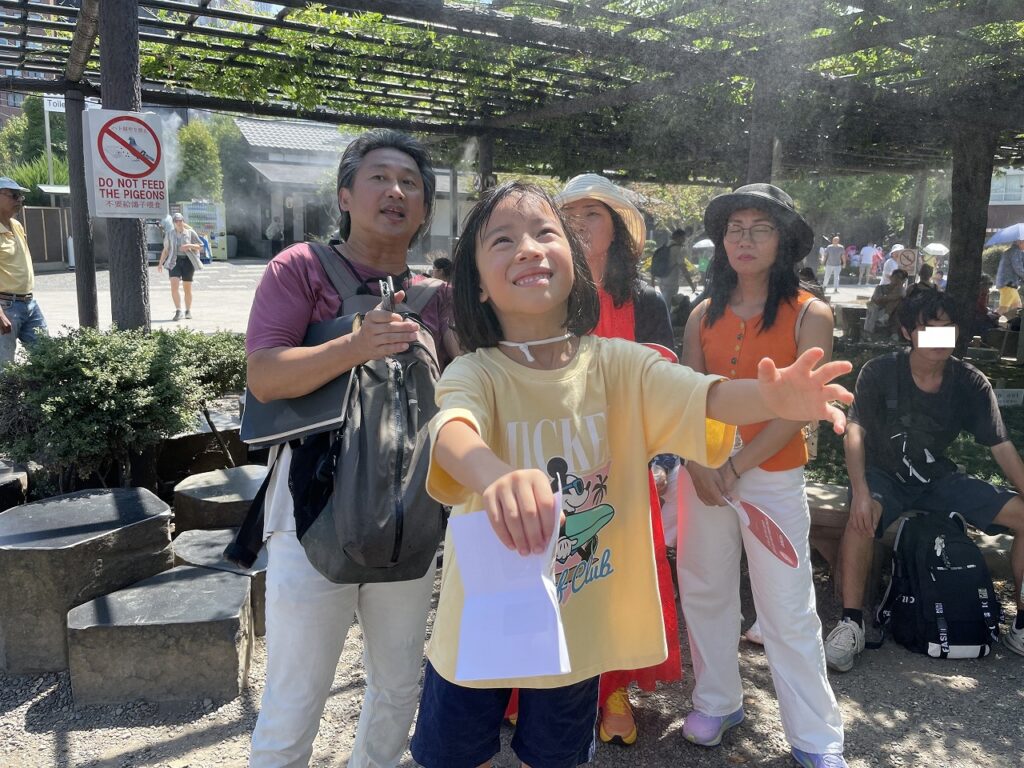
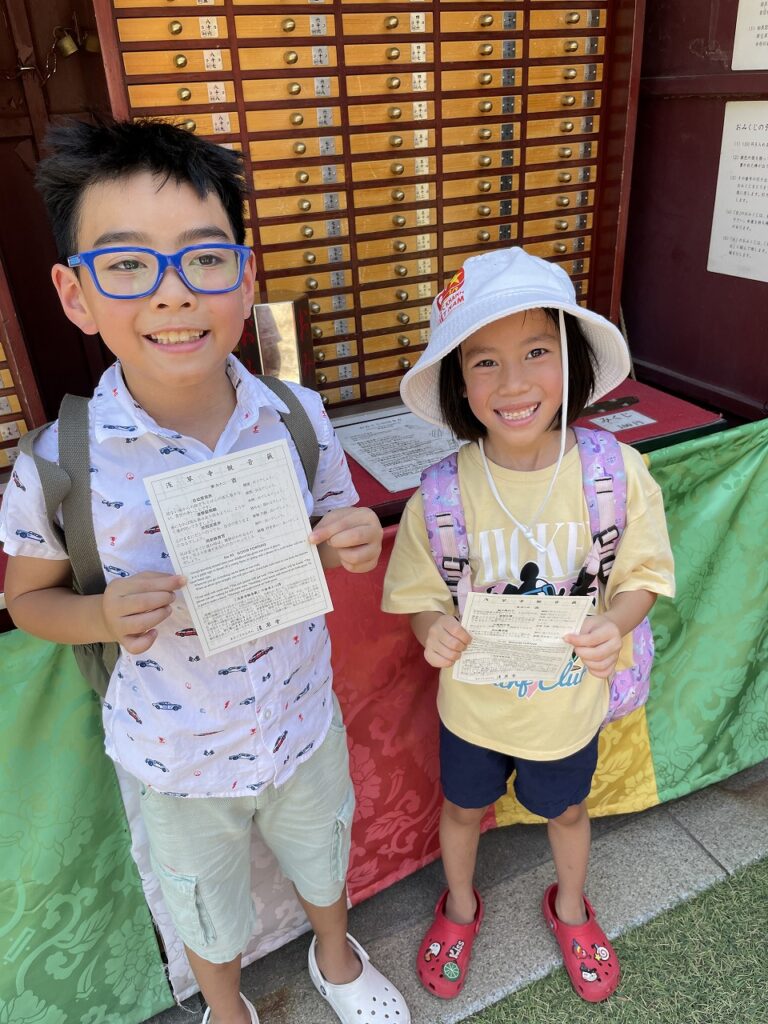
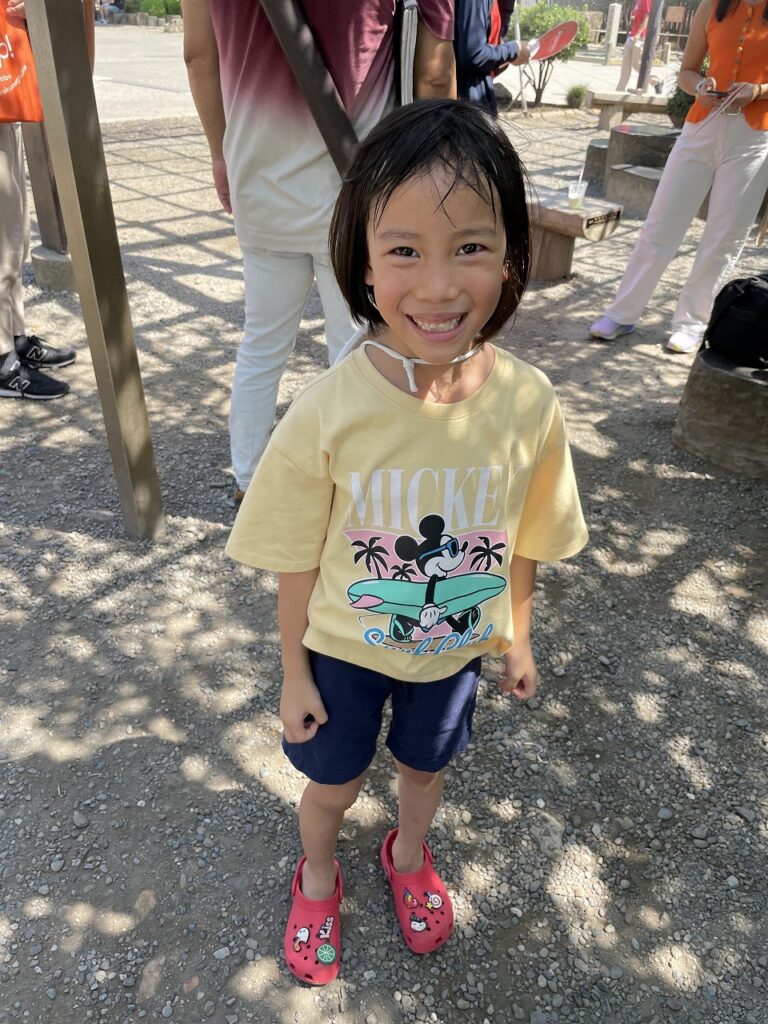
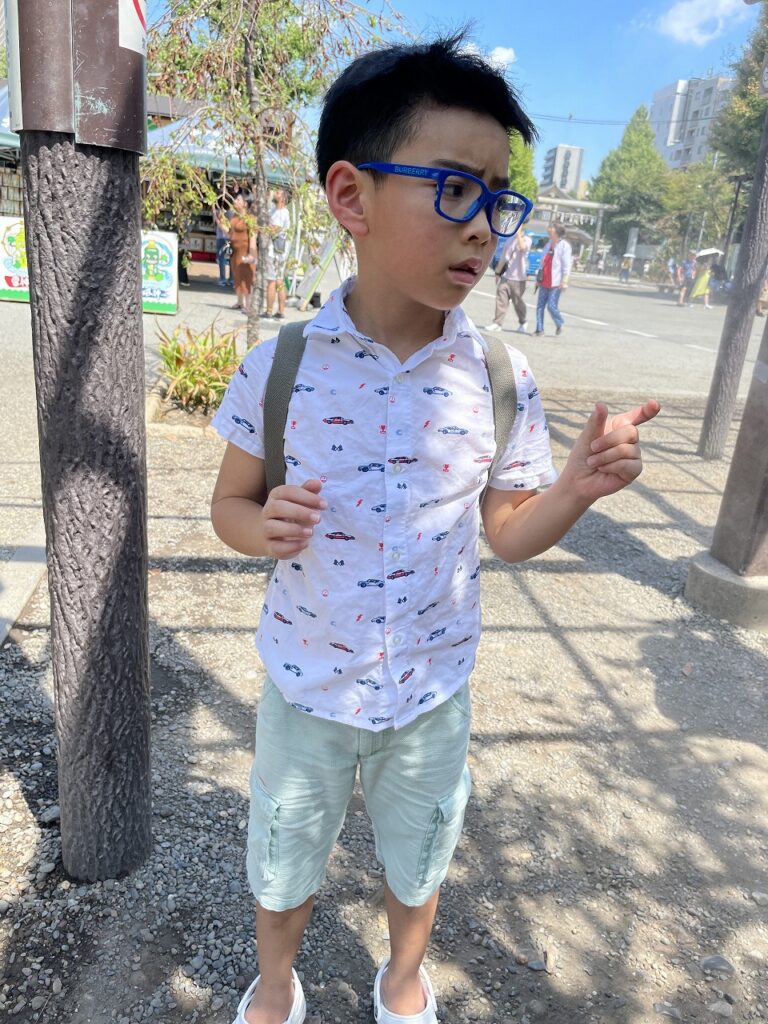
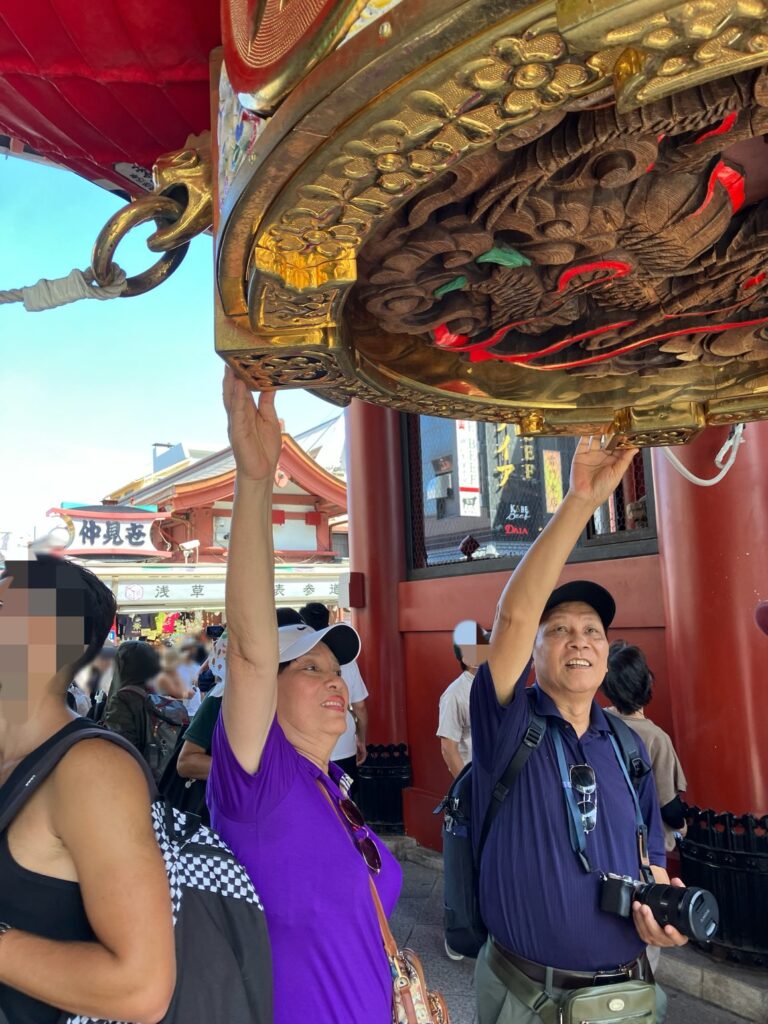
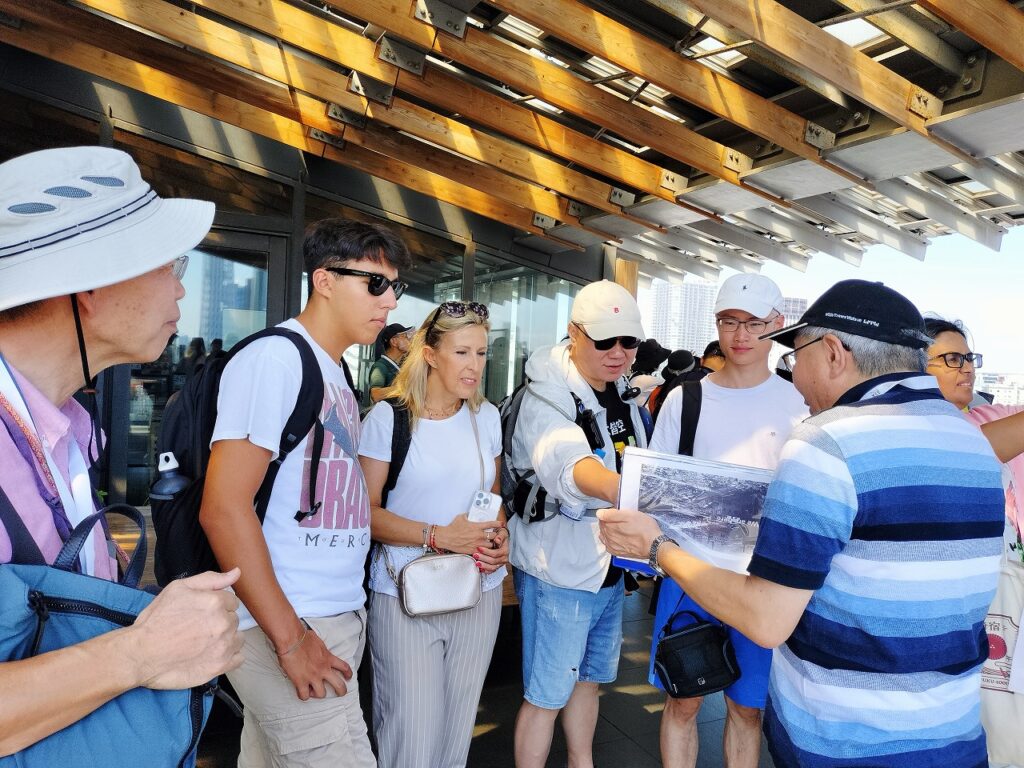
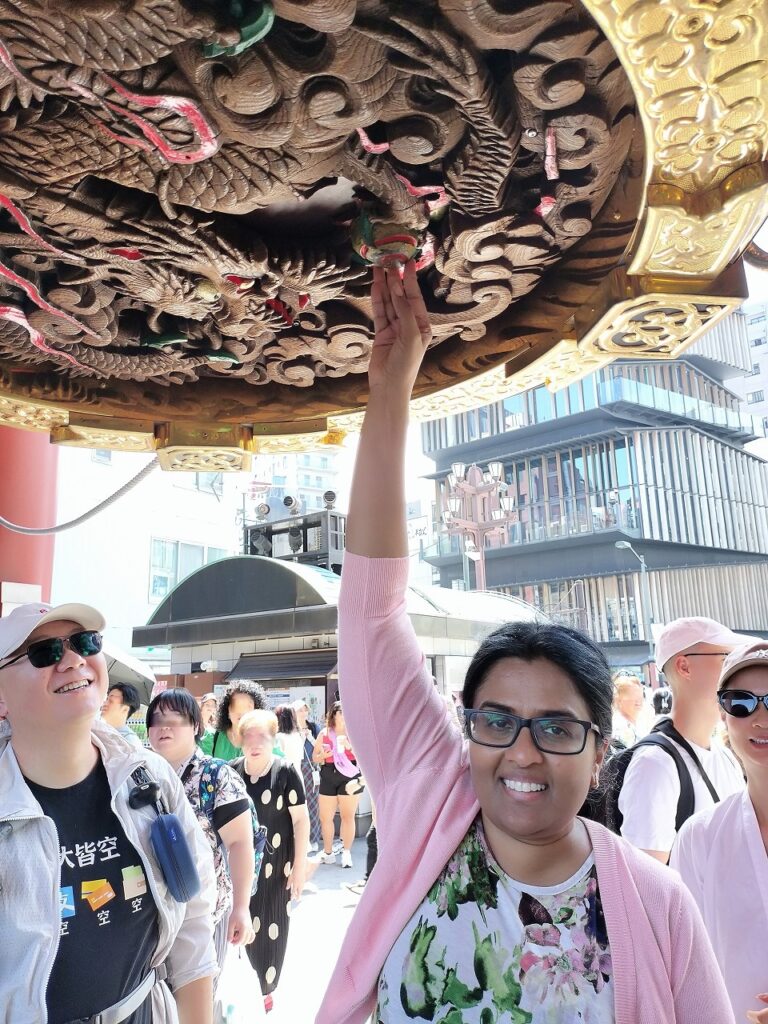
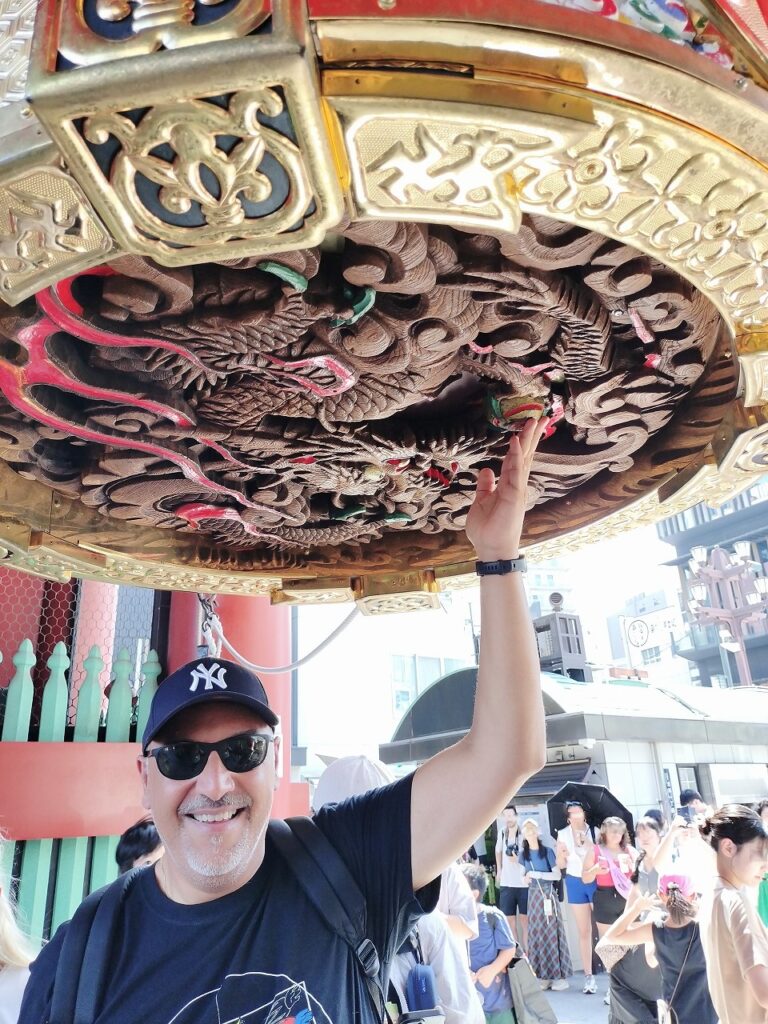
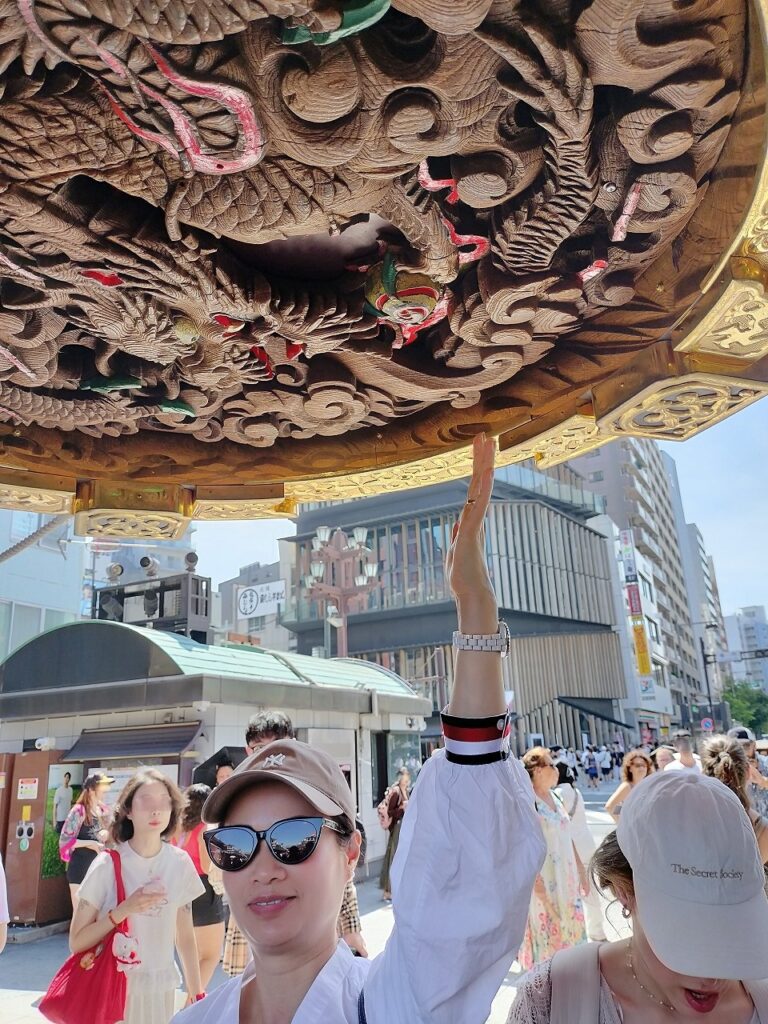
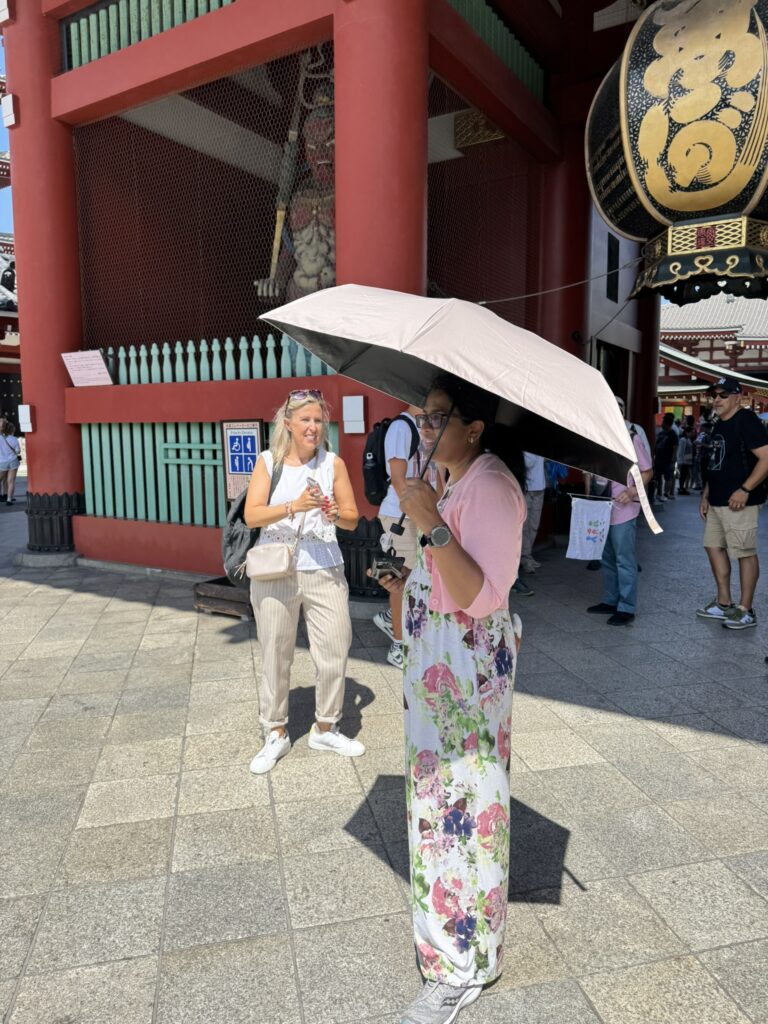
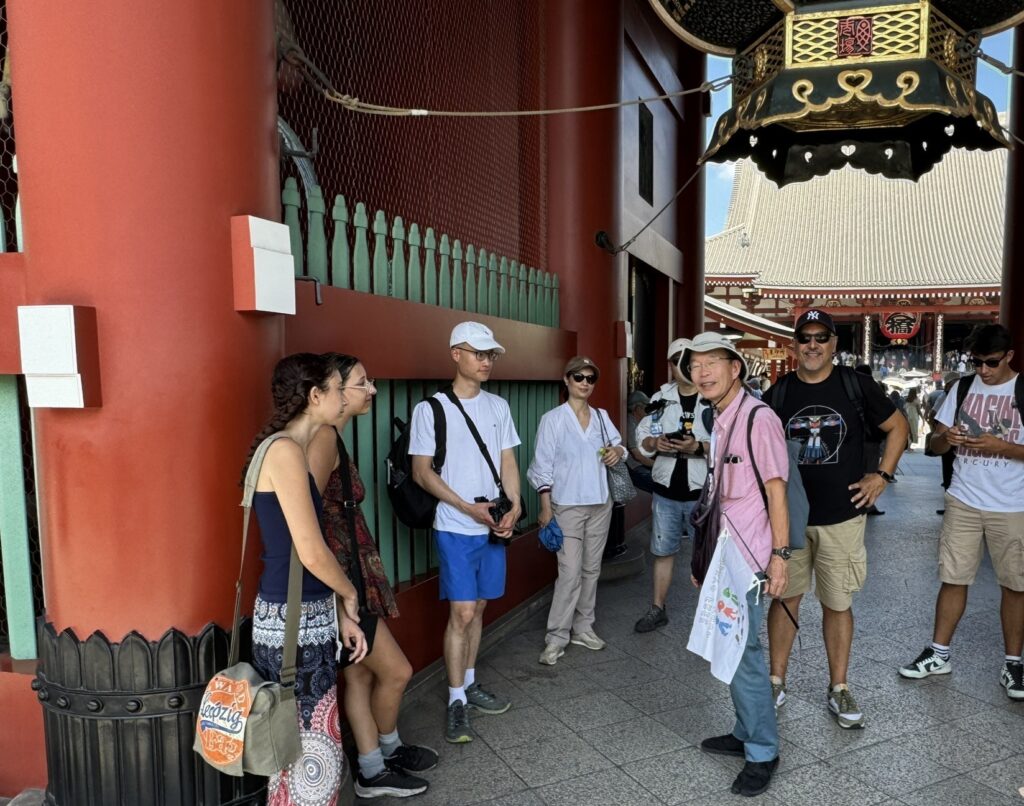

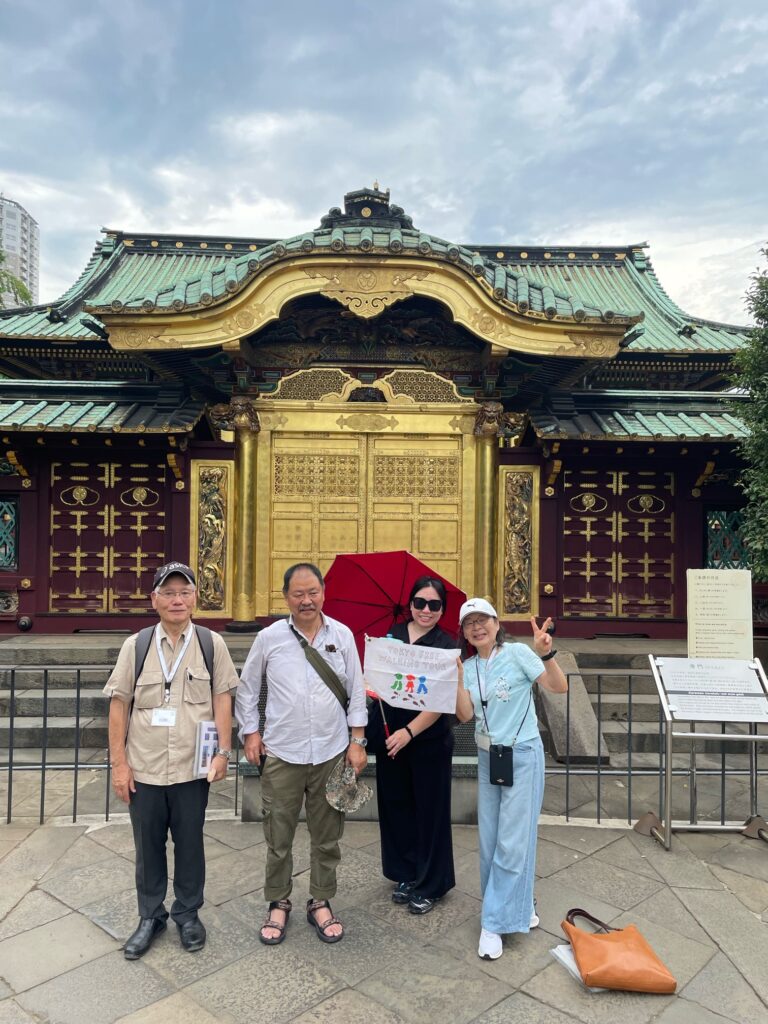
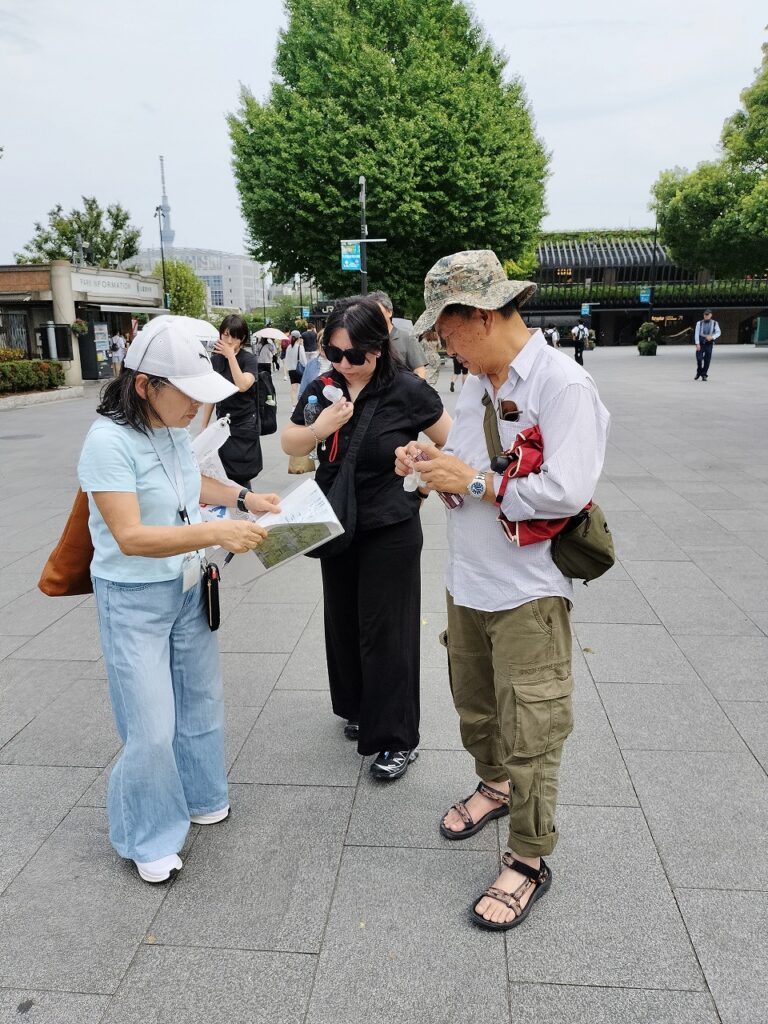
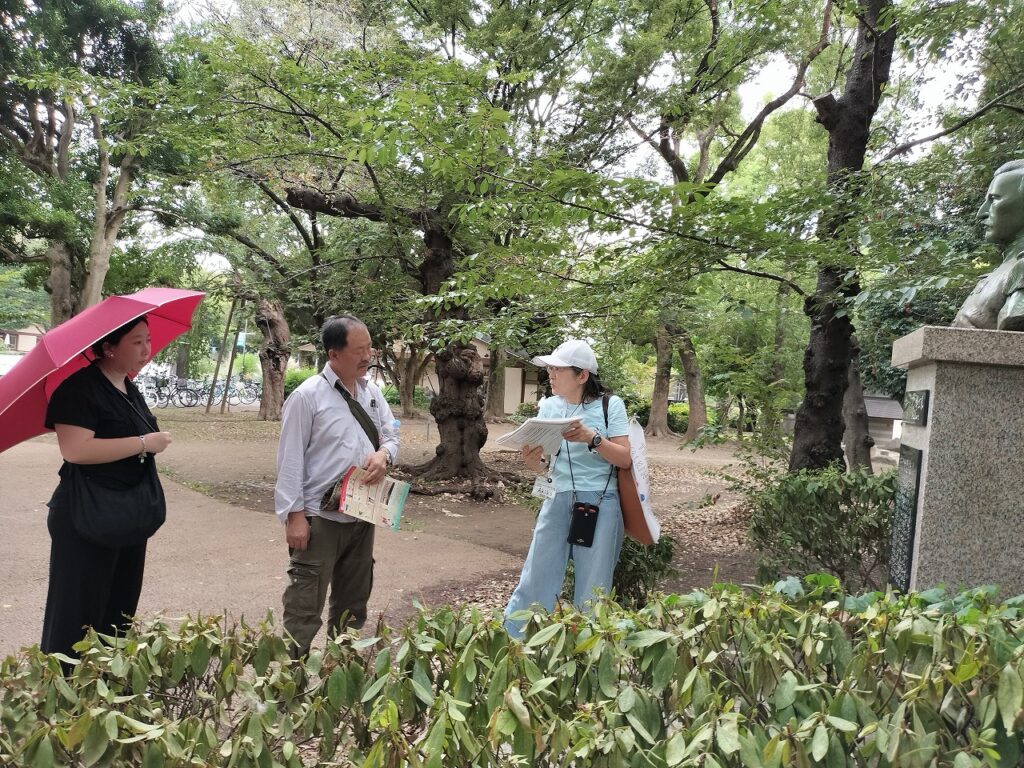
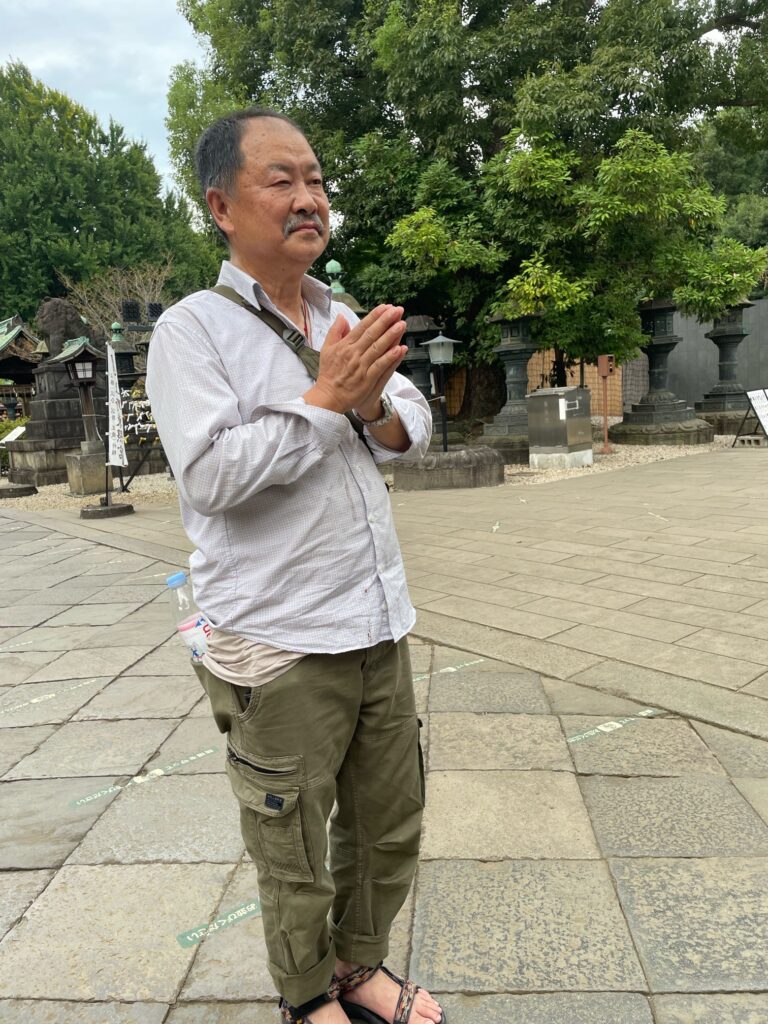
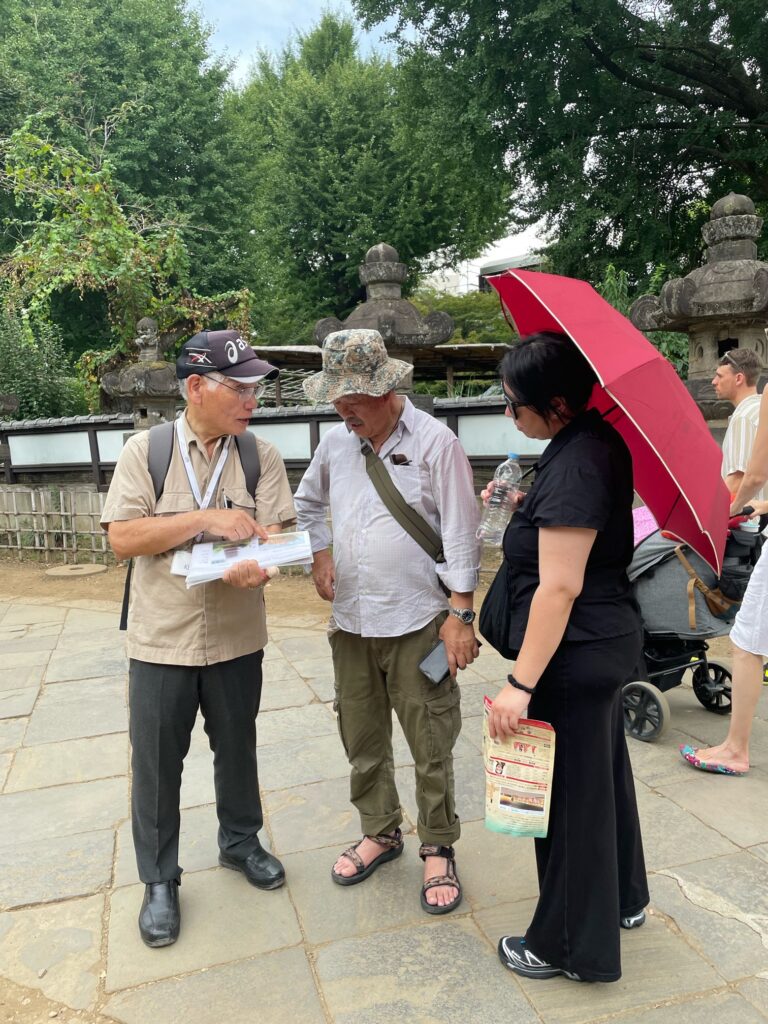
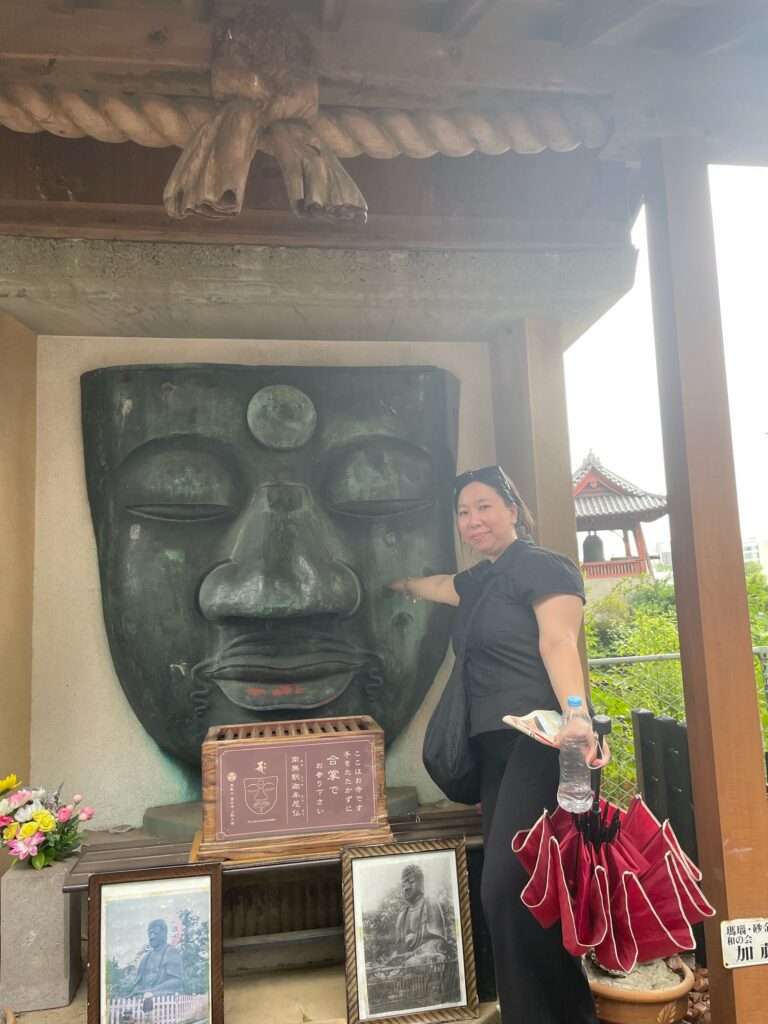
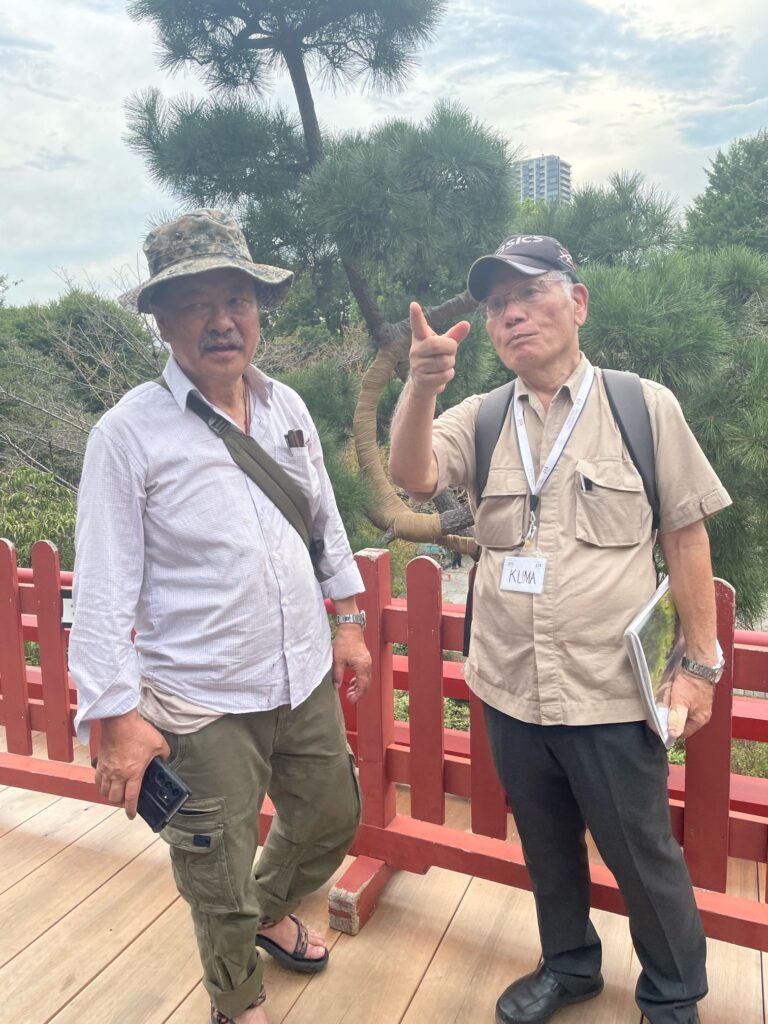
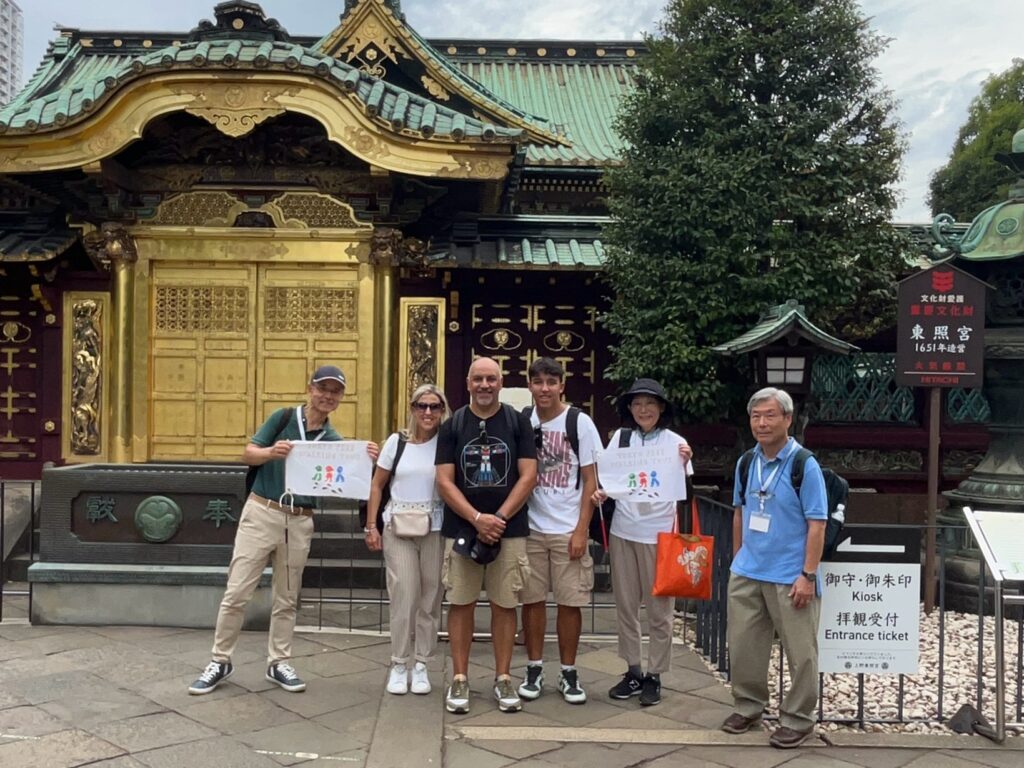
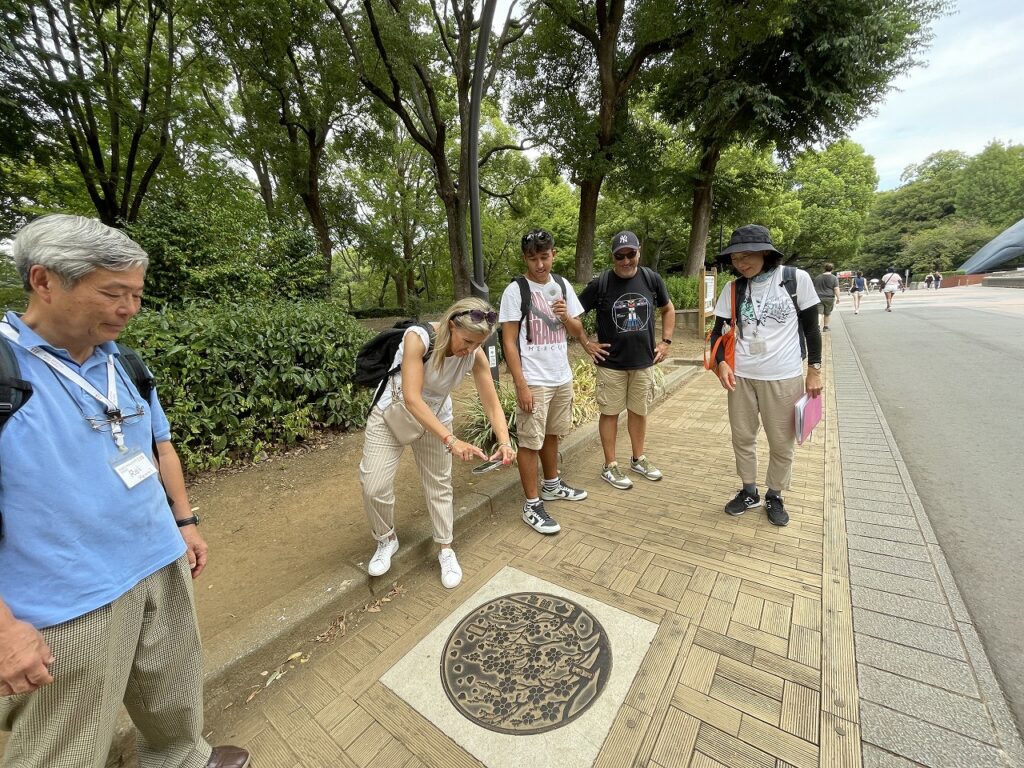
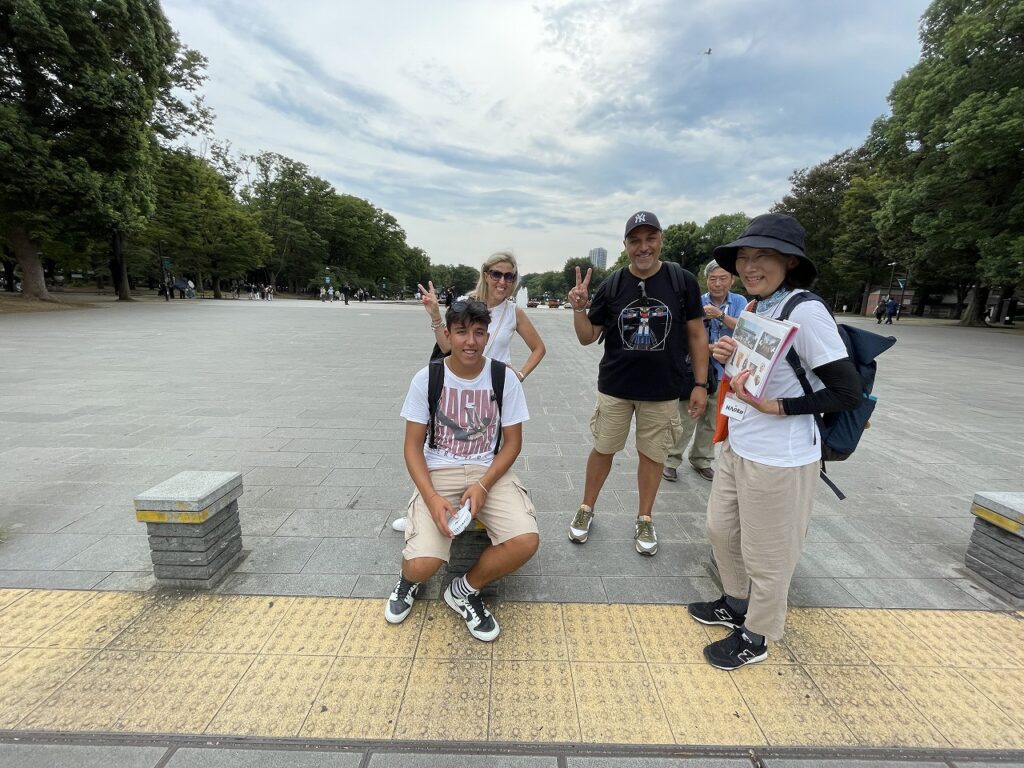
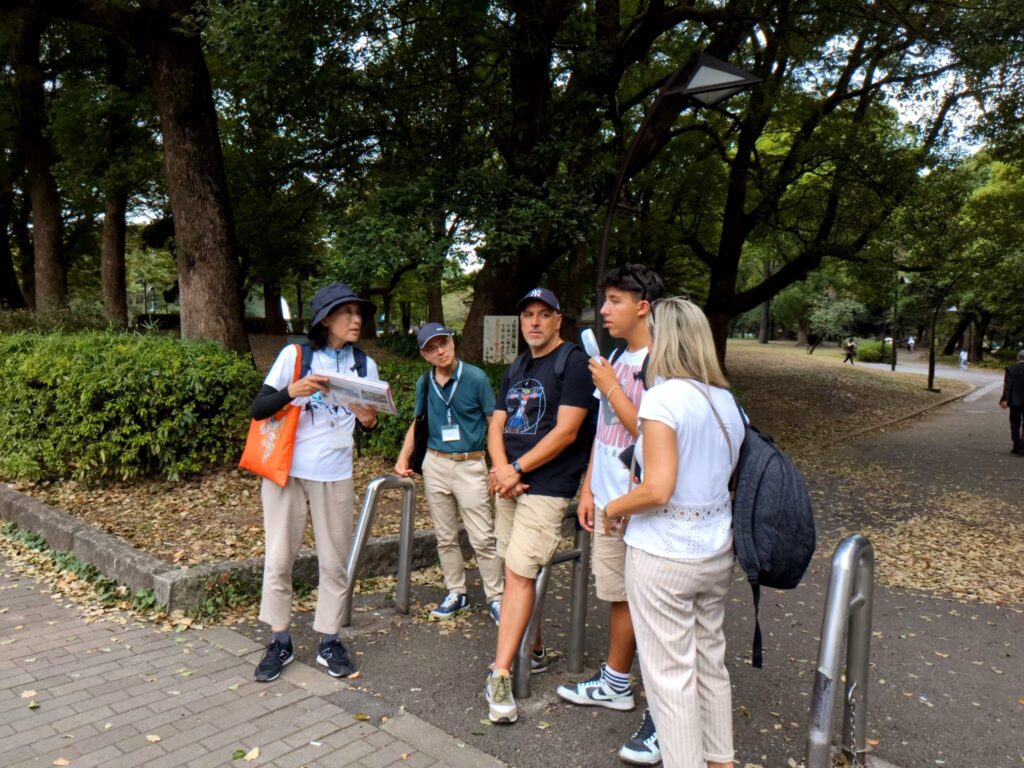
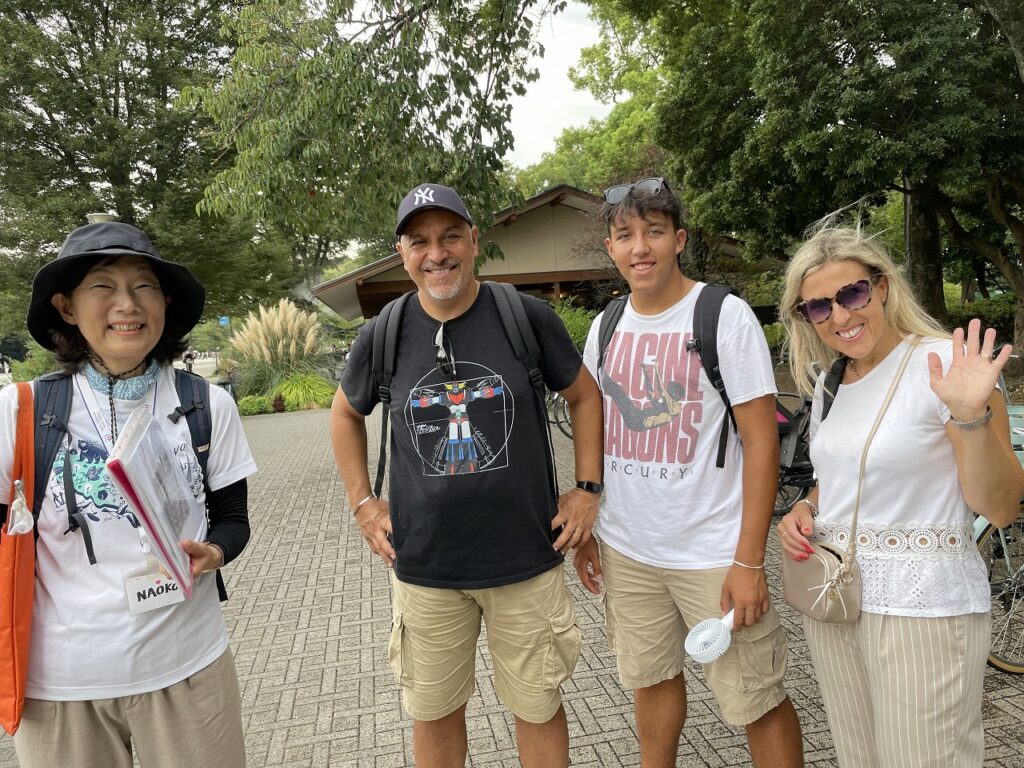
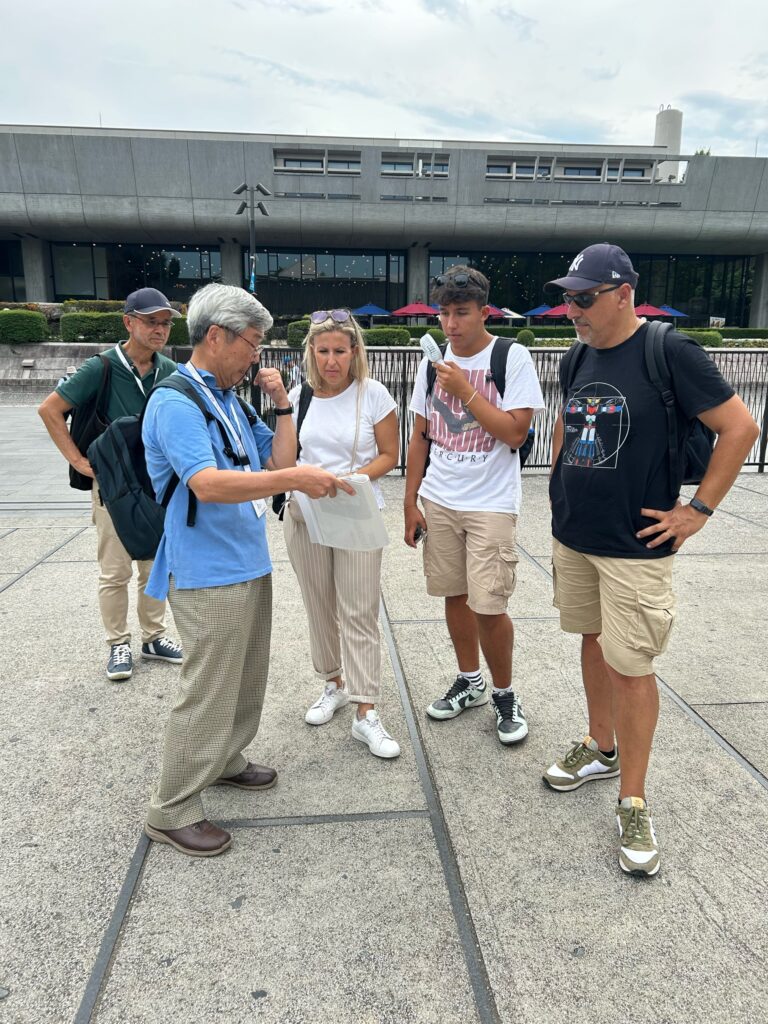
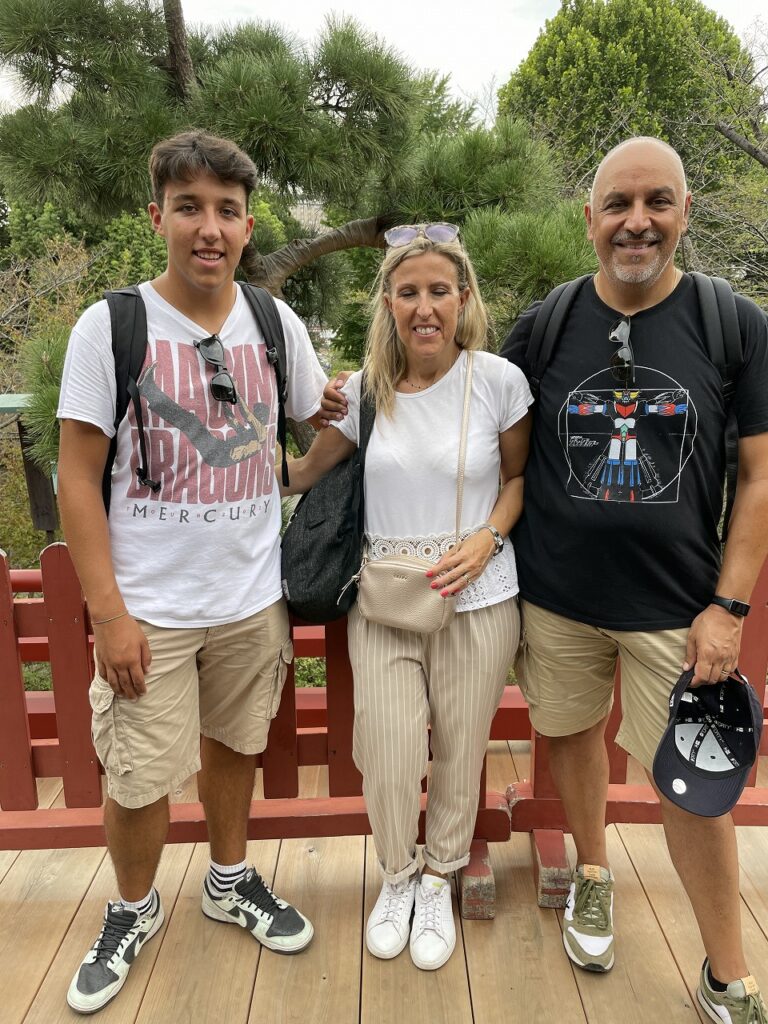
Shitamachi Museum on the shore of Shinobazu Pond in Ueno Park is a nostalgic place to make you travel back to the early to mid-1900s. The daily activities and lifestyle of the people in those days can be studied. A special exhibition called ‘War and Everyday Life: What Will Happen to Our Lives?’ is being held by the museum at the moment.
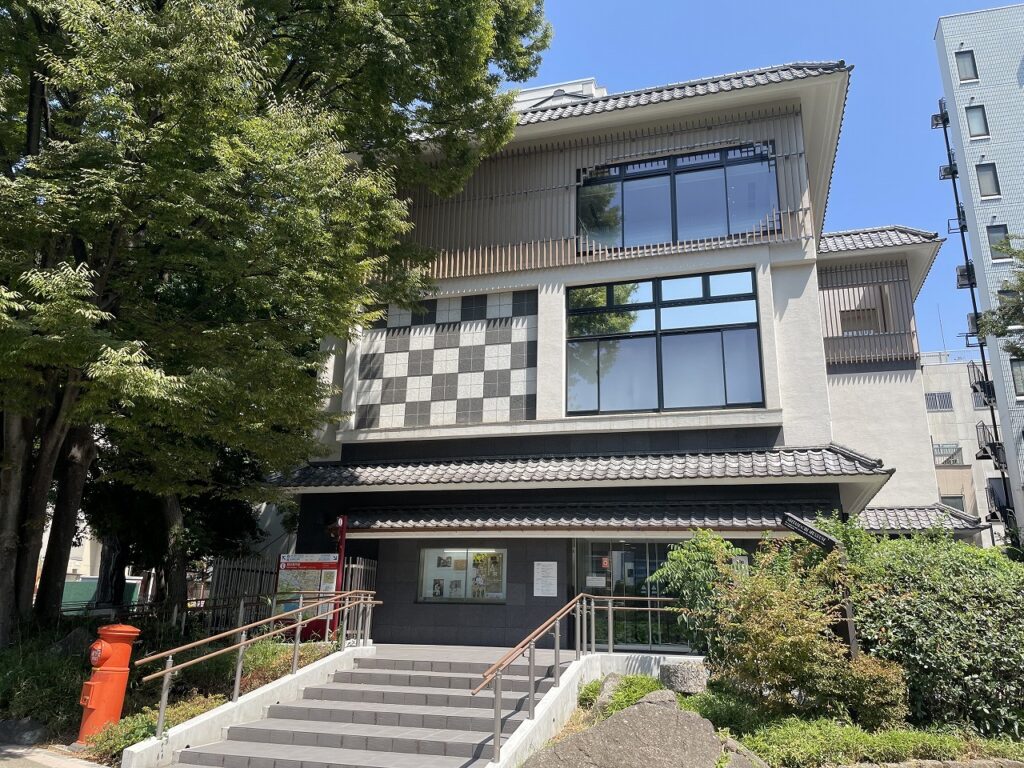
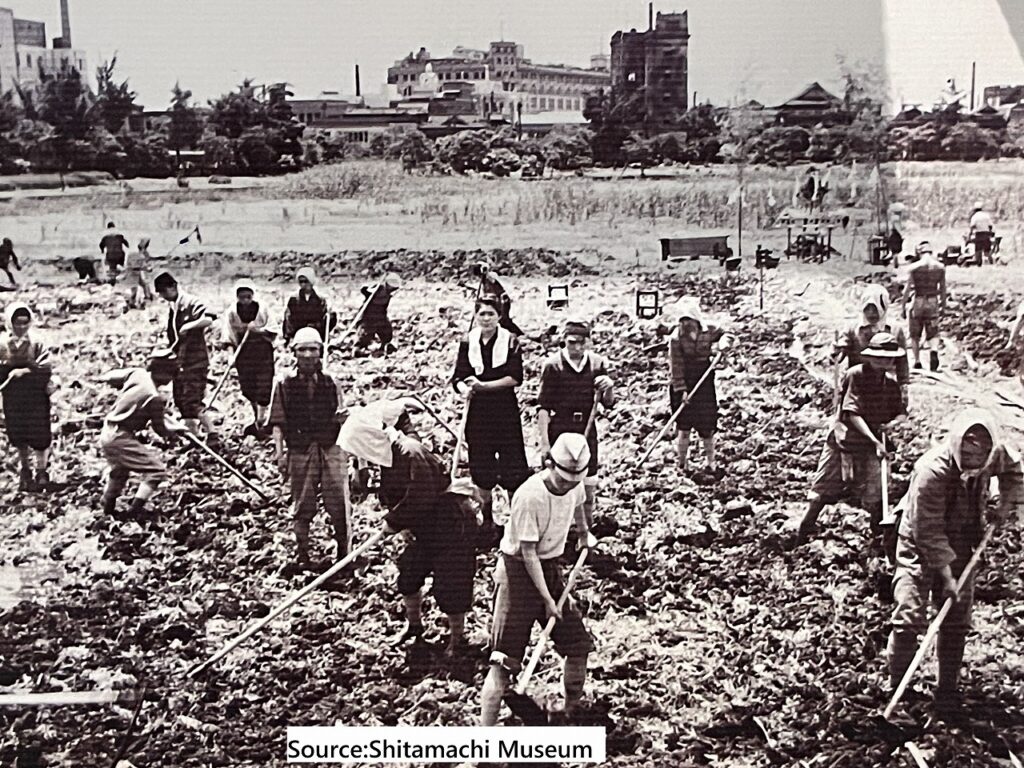
The exhibition presents materials from that time, analyzing how everyday life was altered as a result of the Pacific War. It depicts the transformation of things that people took for granted, like food, clothing, and daily necessities. Shinobazu Pond was converted into a rice paddy after the war. The pond was used to drain water to create a rice field around 1946 because of a shortage of food following the war. The harvested crops were utilized for school meals served to local elementary school children along with vegetables grown in the surrounding area. The existence of the rice field is, however, not widely known. Thankfully, the pond returned to its original state and we have been able to admire the beautiful lotus flowers in summer(July to August)at Shinobazu Pond in Ueno Park.
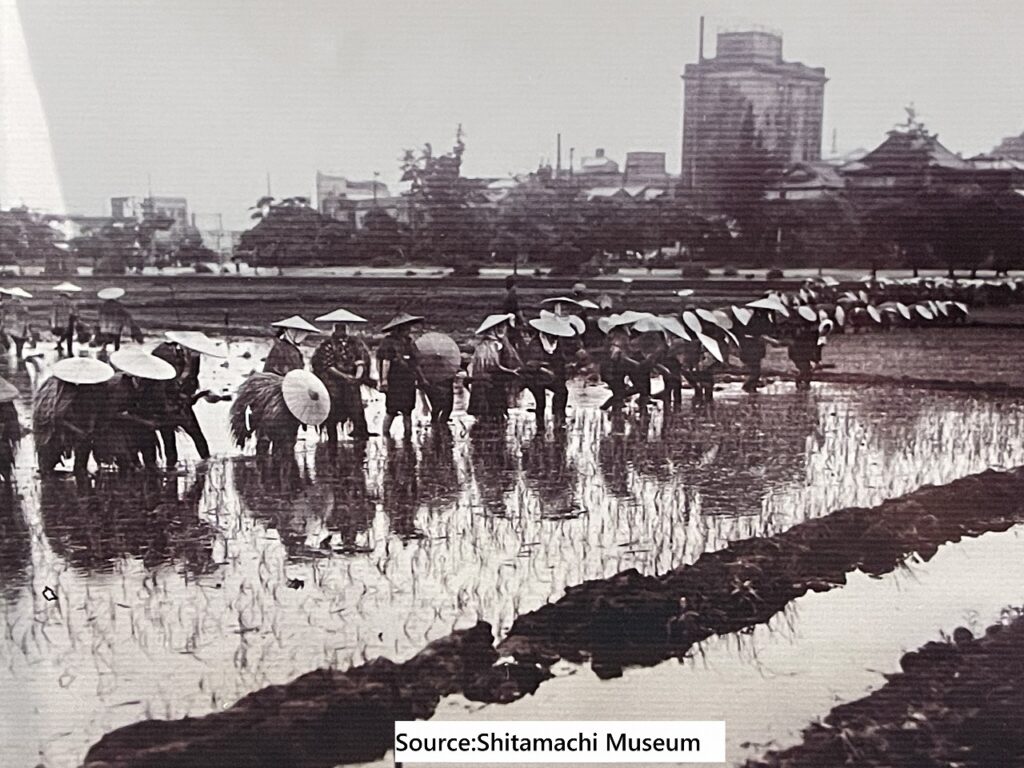
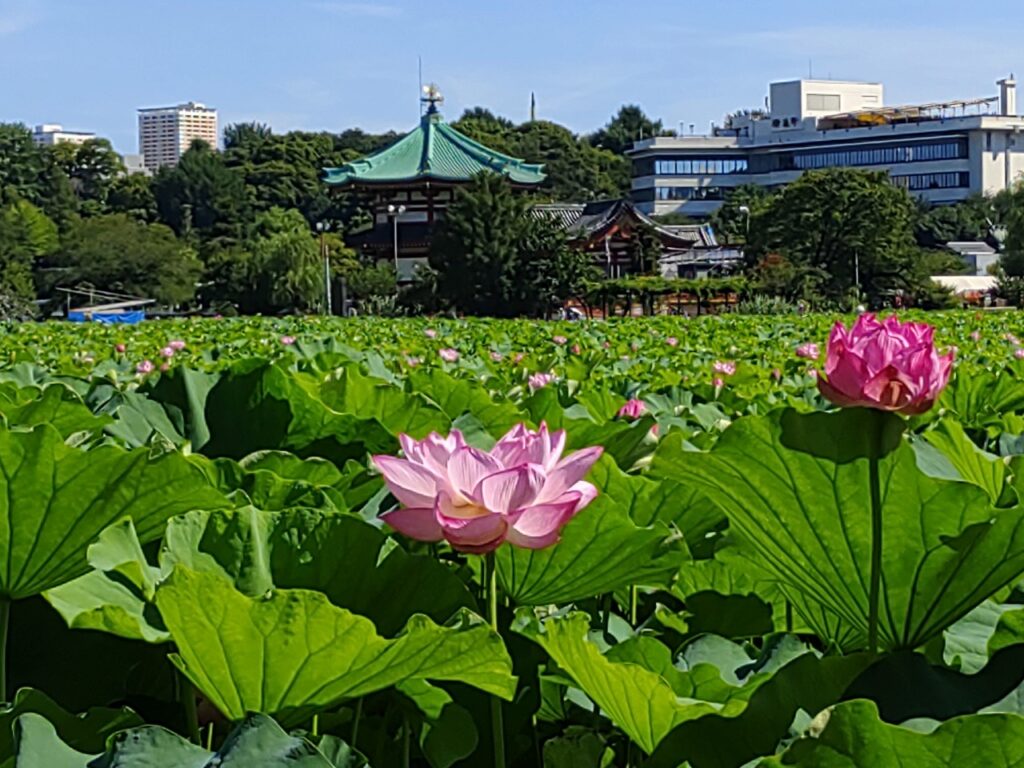
The special exhibition will last until November 3. It’s not a large one, but the information provided is adequate for us to understand how people recovered from the war. It’s recommended for you to drop by if you are around. The Shitamchi Museum is located in Ueno Park close to Ueno Station and open every day except Monday from 9:30am to 4:30pm. Admission is 300 yen.
Thank you again and we look forward to seeing you on many other occasions in the future.
(Yoshi)

